Robots Are Quickly Becoming "Scary Good"
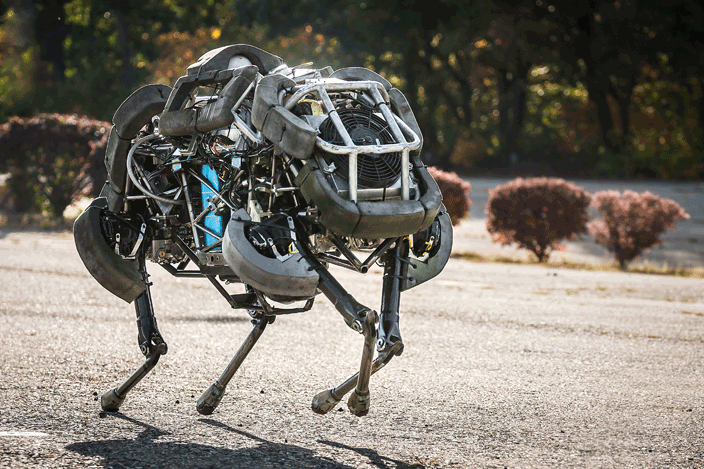
Image credits: http://www.thememo.com/2015/12/10/mobile-is-heating-up-the-world-of-artificial-intelligence/
Robotics experts have been creating useful robots for years. Most are the so-called Jacquard type, looking more like machines than people and built to perform assembly line-type functions. Engineers have also continued work, though, on the so-called Jaquet-Droz type of robots which move and act like humans – and some of the latest models to be shown to the public are downright scary in what they look like and what they can do, more closely resembling C-3PO than Dr. Smith’s awkward sidekick in the old TV classic Lost In Space.
Three of these modern robots are particularly noteworthy, not just as cool-looking machines which can do amazing things, but as examples of what we can expect to see in the field of robotics in the not-too-distant future.
BigDog
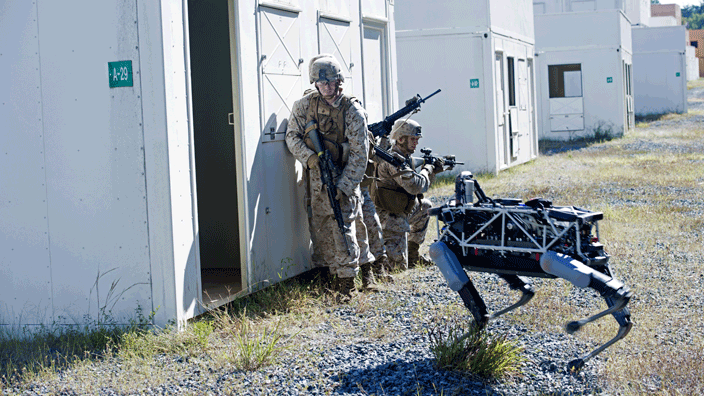
Image credits: http://gizmodo.com/tag/boston-dynamics
This four-legged robot built by Google-owned Boston Dynamics, NASA’s Jet Propulsion Laboratory and scientists from several other institutions was first unveiled a decade ago and got progressively better over time. Looking like a cross between a scary giant bug and a horse (the robot is actually the size of a mule), BigDog can run like an animal at speeds up to four miles an hour, climb steep slopes and pick its way through rocks, snow, mud and water while carrying as much as 340 pounds. An on-board computer plus lots of other goodies like gyroscope, stereo vision and LIDAR handle balance, navigation and communication with the person controlling BigDog, while also monitoring the status of all internal systems.
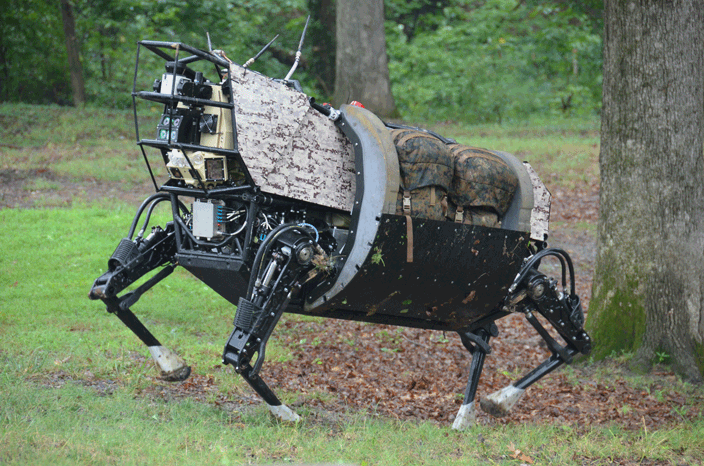
Image credits: http://io9.gizmodo.com/the-most-uncanny-robotic-animals-that-humankind-has-eve-1661055008
The BigDog project was actually discontinued at the end of 2015, but not because it failed – it didn’t. Funding for the project came from the U.S. Defense Department in the hopes that BigDog would eventually be able to be used as a pack mule for Marines traversing rough terrain. The government finally pulled its funding for the sole reason that the robot is too noisy for combat use. Nevertheless, the capabilities of BigDog show great promise for what robotic engineers will be able to develop in the future.
Atlas
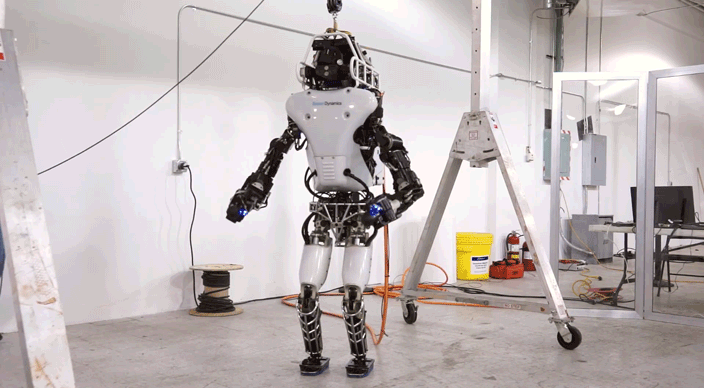
Image credits: http://newtechvisions.com/next-generation-humanoid-robot-revealed/
For those who prefer their robots to walk on two legs instead of four, we introduce Atlas. Also a Boston Dynamics project funded by the military, this humanoid robot (5-9, 180 pounds) was considered a disappointment when first seen a couple of years ago (and when it was five inches taller and 165 pounds heavier).
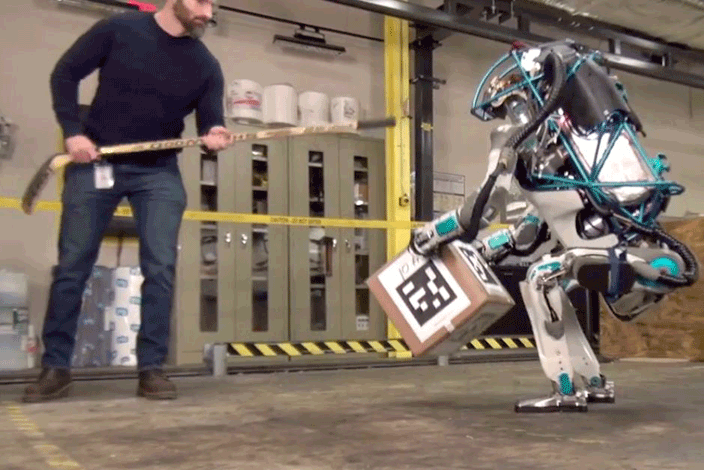
Image credits: https://www.thesun.co.uk/archives/news/245148/the-future-is-here-amazing-footage-shows-humanoid-robot-that-wont-be-pushed-around/
The new generation of Atlas, though, is very different than its predecessor which had trouble walking along a paved path. Using hydraulics and electric power, Atlas now has no difficulty walking and even running upright (with arms swinging, sort of) on rocky ground and snow, while navigating with LIDAR and sensors like his cousin BigDog. He can also stack boxes on shelves – and the one time he fell down in his demonstration video, Atlas got up again all by himself. Somewhat spooky, yet very impressive.
Pioneer P3-AT
Our last example isn’t spooky as much as it is scary. But it’s not the robot that’s scary, it’s the human test subjects who interacted with it. A version of a Pioneer P3-AT robot, more like R2-D2 than C-3PO in appearance, was custom programmed at Georgia Tech and then clearly labeled with signs reading ."Emergency Guide Robot."
When the research subjects arrived, they were led to a room by the robot and then asked to sit down and fill out some forms. A short time later, fire alarms sounded and simulated smoke filled the area; the robot appeared at the door and "led" the subjects right through the smoke, in a different direction than the one they’d originally entered from – and right past clearly marked "exit" signs.
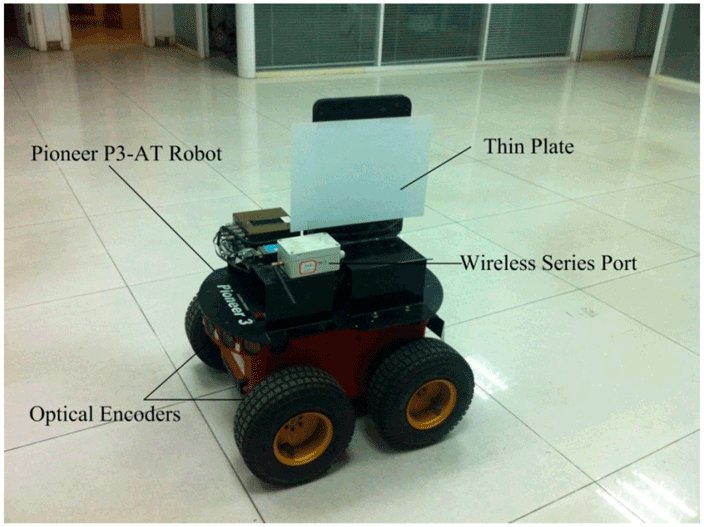
Image credits: http://www.mdpi.com/1424-8220/15/5/9681/htm
Out of 28 test subjects, 26 immediately followed behind the "emergency" robot down the hallway, instead of leaving the way they came in or using the exit doors (two subjects stayed in the room). After the experiment, they said they trusted the robot simply because it was wearing "Emergency Guide Robot" signs; even the researchers were taken aback by the blind trust the humans put in the robot.
The development of robots may have quite a ways to go, but at least some humans are apparently ready to follow wherever they lead.



